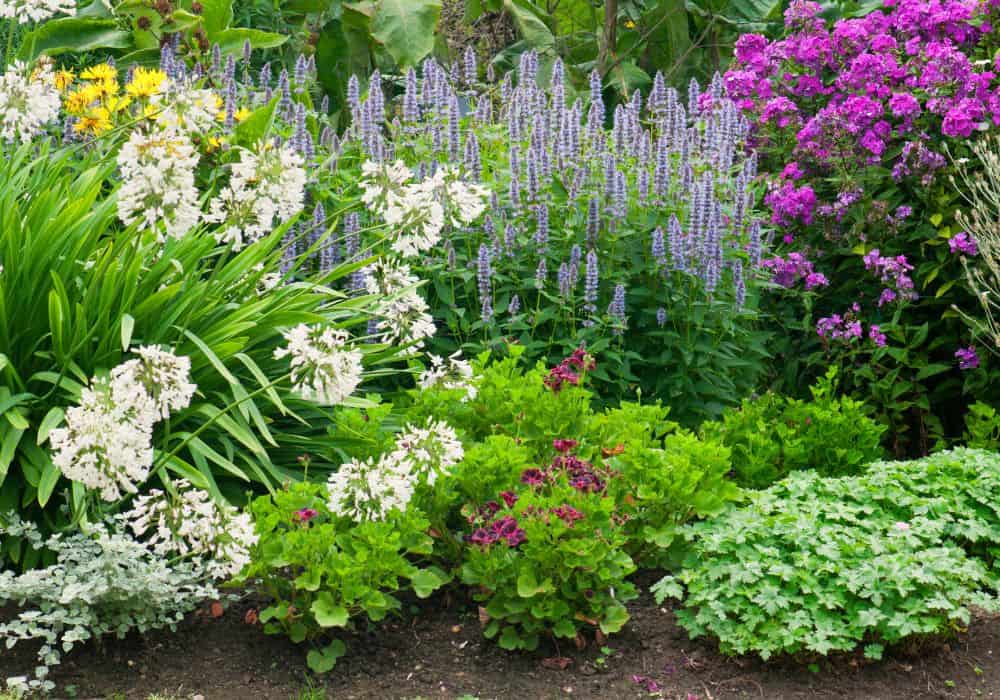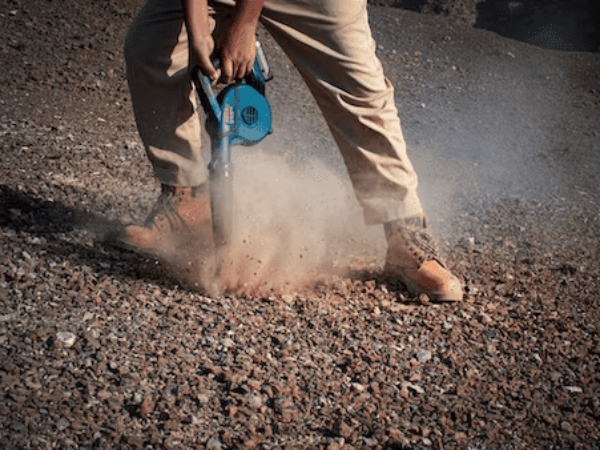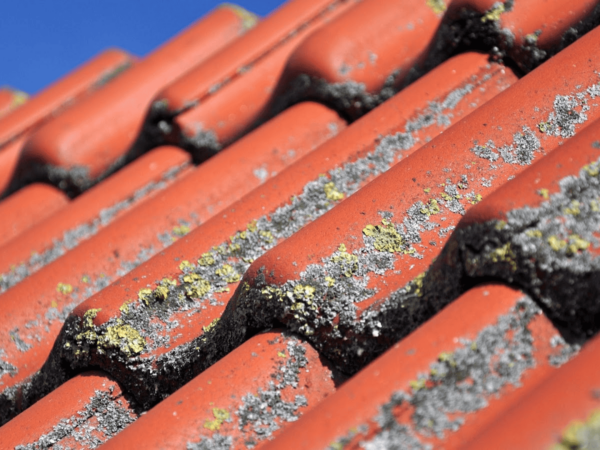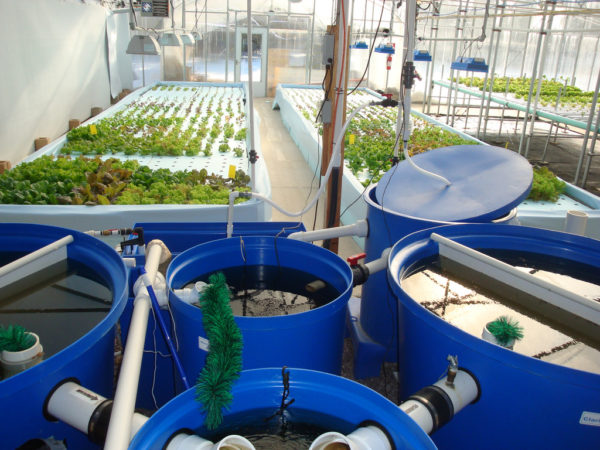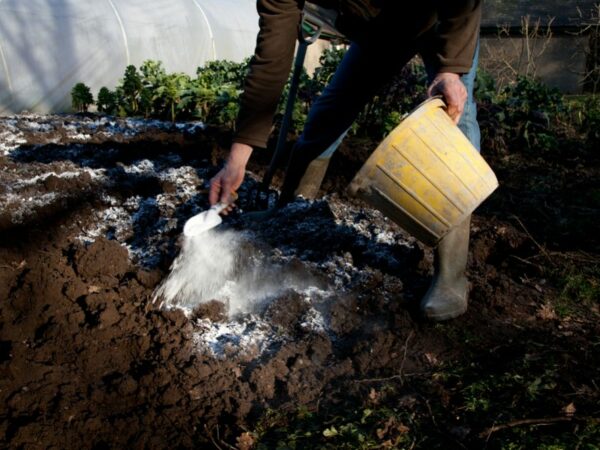Dividing perennials helps keep plants healthy, happy and growing well. And if that wasn’t a good enough reason to divide perennials regularly, doing so also provides you with more plants for free. That’s right – dividing perennial plants actually multiplies them!
Table of Contents
The Best Time of Year to Divide Perennial Plants
As long as the ground isn’t frozen and the plants are kept well-watered, perennials can get divided at any time of the year. However, some seasons are better for the highest chance of the new plants establishing well. The key to successfully dividing perennials is knowing when your plant flowers.
Many spring flowering plants are divided successfully in late summer to early autumn. Agapanthus, hosta, elephant’s ear, and lily of the valley are examples suitable for dividing in summer. Dividing perennials after flowering means all the plant’s energy can get targeted towards growing new roots and healthy foliage.
Summer bloomers are best divided in late spring or autumn. Again, outside of flowering time is the best period to divide perennials. Choose a day when the soil is dry enough to work with, and ensure there are at least a few weeks of autumn left before the ground freezes.
For any autumn flowering plants, such as Oriental poppy (Papaver orientale) or Siberian iris (Iris sibirica), in the garden, early spring is the best time of year to divide them. Hold off until the risk of frost has passed, and wait for a dry day to make it easier to dig up and divide clumps.
Knowing When It’s Time to Divide Perennials
If you notice fewer flowers blooming than during previous growing seasons, or if the plant starts to droop where it hasn’t before, it’s time to divide the plant. You might also want to divide a plant that has outgrown its pot or grown too big for its allocated space in a border or flower bed.
Most perennials benefit from being divided every 2-3 years. Even if you don’t see any symptoms that plants need dividing, it’s worthwhile doing it every few years anyway to reinvigorate the plant and stimulate healthy new growth.
Knowing when to divide perennials avoids stressing the plant and stunting growth by subjecting it to the wrong temperatures and soil moisture when it is vulnerable.
Before You Begin
Before you start dividing perennials, prepare the area where you plan to replant divisions. Dig holes in the ground or get new pots ready before removing the main plant from the ground. Doing this means the plants will be out of the soil for the least time, lessening the amount of time the roots are exposed and limiting stress.
Be sure to thoroughly clean tools inbetween dividing perennials to help keep the plants healthy and prevent diseases from being spread between plants.
How to Divide Plants?
Dividing perennials isn’t too difficult, but some tips can help make the task much easier. Follow our step-by-step guide, and you can’t go wrong.
- Use a garden fork to gently lift the plant out of the ground.
- Shake off any loose soil and carefully tease apart the root system.
- Depending on how robust the roots are, clumps can be separated by hand or by using a sharp knife or a spade. Ensure each new clump has at least 3-4 new shoots to encourage growth.
- Replant the parent plant and new plants as soon as possible and water in well. Ensure divided plants get placed in the soil at the same depth as the original plant.
Perennials Needing Different Methods of Division
Of course, all plants are different, and not all perennials can get divided in the same way. Many perennial plants have fibrous roots, while other larger perennials have fleshy roots or woody crowns. Each has a different method of division.
1. Fibrous Rooted Perennials
These plants are the easiest kind of perennials to lift and divide. Because the roots are finer, they are easier to tease into small clumps by hand. Larger fibrous-rooted plants are slightly trickier to divide but by using two garden forks back to back, the crown can get divided into two or more.
2. Perennials with Fleshy Roots or Woody Crowns
These types of perennials take a little more strength to divide into more plants. Because of the strong root system, a sharp knife is needed to cut through the roots. You may even need a garden spade to slice through some larger, woody plants.
Dividing Specific Perennials
1. How to Divide Hostas?
Hostas are among the most common perennials, and it’s easy to see why. They grow well in shade, boast large, attractive foliage, flower in summer and reach an impressive size. However, if they don’t get regularly divided, these plants can experience patchy growth. The best time to divide hosta plants is in early spring or autumn.
Carefully remove the root ball from the ground and remove excess soil. Use your hands to tear the roots apart, separating them into clumps. Replant the mother plant in fresh garden compost and place the divided plants in their allocated spots. Mulch around all the plants with organic matter. Water the plants in and keep new plants well watered until established.
2. How to Divide Ornamental Grasses?
Ornamental grasses are low-maintenance perennials that grow equally well in the ground or containers. They provide structure and movement to the garden, with some even producing summer flowers. Like many perennials, ornamental grasses are best divided in late spring, when they are actively growing.
Lift the clump from the soil and shake off loose soil from the roots. Use two forks back to back to lever the crown apart. You may need to use a spade or a knife for grasses with particularly strong roots. Ornamental grasses are often slow-growing, so don’t divide the plant into too many small sections. Replant the new clumps immediately, adding organic matter to the soil and watering well.
3. How to Divide Day Lilies?
Day lilies are hardy perennials that produce a generous flower display throughout the summer. However, they turn out fewer flowers if they aren’t divided regularly. The best time to divide these flowering perennial plants is in spring or autumn, either before the flowers bloom or after they have faded.
Carefully dig up the original plant with a spade or fork, starting a few inches beyond the plant to allow for spreading roots. Break the clump into sections using your hands, ensuring each new clump has some fresh shoots. Replant the mother plant and daughter plants, adding fresh compost and plenty of organic matter. Keep the new plants well-watered and they’ll likely flower the following summer.
Divide Plants for a Bountiful Garden
Dividing perennial plants encourages new growth in the parent plants while producing more plants for free – resulting in a bountiful garden blooming with life. Most plants are relatively simple to divide – the key is not to be scared of damaging the plant. Chopping through the crown with a spade can seem quite violent the first time you do it, but just remember division is for the plant’s own good. As long as smaller divisions have a few fresh shoots, they’ll all thrive in their new homes.

